Home>Articles>How Many Amps Does A 60 Watt Incandescent Bulb Use
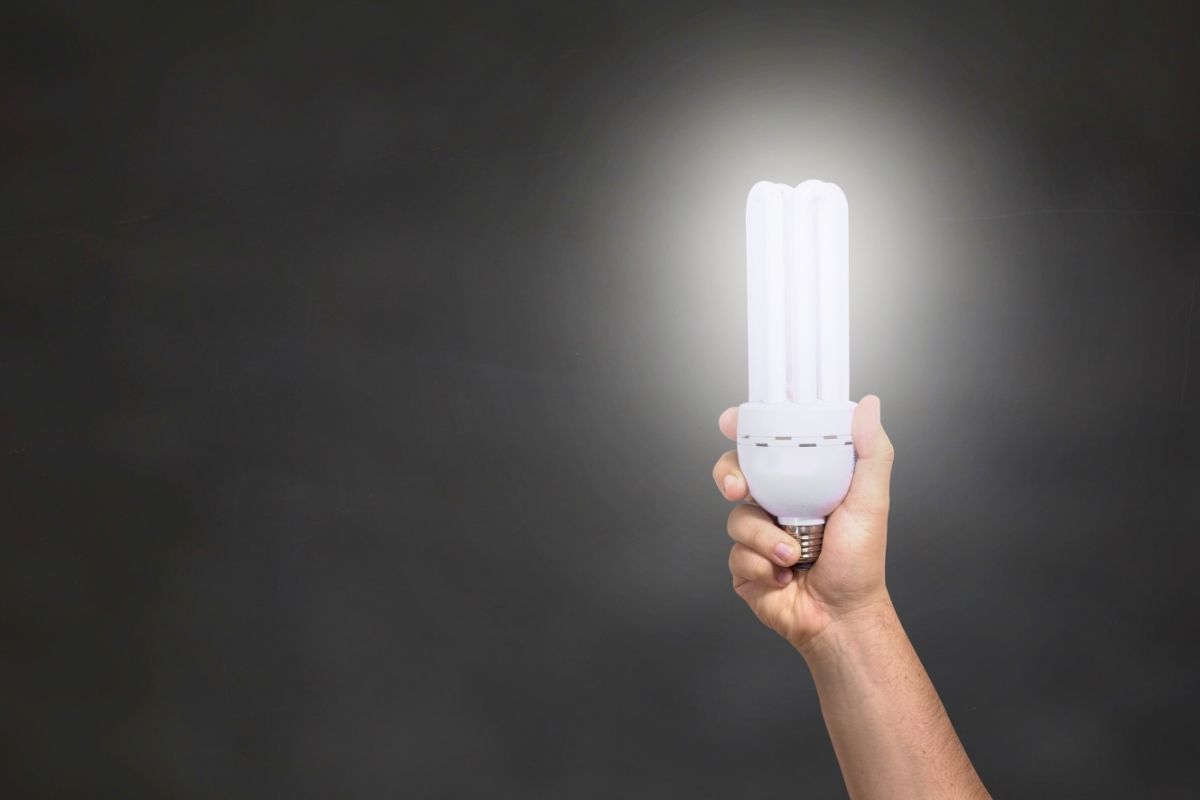

Articles
How Many Amps Does A 60 Watt Incandescent Bulb Use
Modified: December 7, 2023
Learn about the power consumption of a 60 watt incandescent bulb and how many amps it uses. Find informative articles on this topic and more.
(Many of the links in this article redirect to a specific reviewed product. Your purchase of these products through affiliate links helps to generate commission for Storables.com, at no extra cost. Learn more)
Introduction
Welcome to our article on how many amps a 60-watt incandescent bulb uses. Incandescent bulbs have long been a popular choice for household lighting due to their warm, familiar glow. However, with the increasing popularity of more energy-efficient lighting options, such as LED and CFL bulbs, many people are curious about the electrical usage of traditional incandescent bulbs.
In this article, we will explore the concept of wattage and amperage, understand how to calculate the amperage for a 60-watt incandescent bulb, discuss factors that can affect amp usage, and touch on safety considerations when using incandescent bulbs. By the end of this article, you will have a better understanding of the electrical properties of incandescent bulbs and how they compare to other lighting options.
So, let’s dive into the world of electrical measurements and shed some light on the amperage used by a 60-watt incandescent bulb!
Key Takeaways:
- A 60-watt incandescent bulb uses approximately 0.5 amps of electrical current at 120 volts, but factors like bulb efficiency, voltage fluctuations, and fixture compatibility can affect actual amp usage.
- Safety is crucial when using incandescent bulbs. Proper handling, correct wattage, adequate ventilation, and avoiding circuit overloading are essential for a safe and enjoyable lighting experience.
Read more: How Many Amps Does A 60-Watt LED Bulb Use
Understanding Wattage and Amperage
Before we delve into the specific amperage of a 60-watt incandescent bulb, let’s take a moment to understand the concepts of wattage and amperage.
Wattage is a measure of the amount of electrical power consumed by a device or appliance. It represents the rate at which energy is used, and higher wattage generally indicates greater power consumption. In the case of light bulbs, wattage is a measure of how much energy is required to produce light. The higher the wattage, the brighter the light produced.
Amperage, on the other hand, measures the flow of electric current in a circuit. It represents the number of electrons passing through a specific point in the circuit per second. Amperage is influenced by the resistance in the circuit and voltage applied. In simpler terms, amperage is a measure of the amount of electricity flowing through a device or wire.
It’s important to understand that wattage and amperage are related but not the same. While wattage measures power consumption, amperage measures the flow of current. In other words, wattage is the total amount of energy used, while amperage is the rate at which that energy flows.
Now that we have a basic understanding of wattage and amperage, let’s move on to calculating the amperage for a 60-watt incandescent bulb.
Calculating Amperage for a 60 Watt Incandescent Bulb
Calculating the amperage for a 60-watt incandescent bulb is a straightforward process. To determine the amperage, we need to use the formula:
Amperage = Wattage / Voltage
Typically, residential electrical systems in the United States operate at a voltage of 120 volts. Keep in mind that voltages may vary in different countries, so it’s important to check the voltage in your specific location. For the purpose of this article, we will assume a voltage of 120 volts.
Let’s plug in the values and calculate the amperage for a 60-watt incandescent bulb:
Amperage = 60 watts / 120 volts = 0.5 amps
Therefore, a 60-watt incandescent bulb uses approximately 0.5 amps of electrical current.
It’s important to note that the above calculation is based on the assumption of an ideal incandescent bulb operating at its intended wattage. In reality, factors such as variations in bulb design, manufacturing tolerances, and voltage fluctuations can affect the actual amperage drawn by a bulb.
Now that we have calculated the amperage for a 60-watt incandescent bulb, let’s explore some factors that can affect the amp usage of incandescent bulbs.
A 60 watt incandescent bulb uses 0.5 amps of electricity. To calculate amps, divide the wattage by the voltage (typically 120 volts in the US).
Factors Affecting Amp Usage
Although we have determined that a 60-watt incandescent bulb uses approximately 0.5 amps of electrical current, it’s important to note that several factors can affect the actual amp usage of incandescent bulbs. Let’s discuss some of these factors:
- Bulb Efficiency: Incandescent bulbs are known for their inefficiency compared to other lighting options. The amount of electrical energy that is converted into light versus heat can vary depending on the bulb’s design and quality. Inefficient bulbs may draw slightly higher amps due to their reduced energy conversion efficiency.
- Voltage Fluctuations: Electrical systems can experience fluctuations in voltage due to various factors, such as electrical grid conditions or issues within the wiring infrastructure. These voltage fluctuations can impact the amperage drawn by a bulb. Higher voltages can result in increased amperage, while lower voltages can decrease amperage.
- Fixture Compatibility: The fixture or socket in which the incandescent bulb is installed can also affect amp usage. Poor connectivity, loose connections, or inadequate wiring in the fixture can cause resistance, leading to higher amperage draw. It is essential to ensure the fixture is in good condition and properly installed.
- Dimmer Switches: If you are using a dimmer switch with your incandescent bulb, it is important to consider that it can impact the amp usage. Dimmer switches work by reducing the voltage supplied to the bulb, which can lower the amperage. The actual amp usage will depend on the specific dimmer switch and the dimming level selected.
- Bulb Age and Condition: Over time, incandescent bulbs may deteriorate or become less efficient. As they age, their resistance can change, affecting the amperage. Additionally, bulbs with damaged or worn filaments may draw different amperage levels than new and functioning bulbs.
These are just a few examples of factors that can affect the amp usage of incandescent bulbs. It’s important to remember that these issues are more commonly associated with incandescent bulbs compared to newer energy-efficient alternatives like LED and CFL bulbs.
Now that we understand the factors that influence amp usage, let’s take a moment to discuss safety considerations when using incandescent bulbs.
Safety Considerations for Incandescent Bulbs
While incandescent bulbs are generally safe to use, there are a few important safety considerations to keep in mind. By following these guidelines, you can ensure the safe operation and installation of incandescent bulbs:
- Proper Handling: When handling incandescent bulbs, it’s important to make sure that the bulb is cool to the touch. Hot bulbs can cause burns if touched directly. Always allow the bulb to cool down before handling it.
- Correct Wattage: It is crucial to use incandescent bulbs with the correct wattage rating for your fixtures. Using a bulb with a higher wattage than recommended can cause excessive heat buildup and potentially lead to a fire hazard.
- Adequate Ventilation: Incandescent bulbs produce heat while in operation. It is important to ensure that the surrounding area of the bulb is well-ventilated to prevent overheating. Avoid placing objects or materials that can easily catch fire near operating bulbs.
- Avoid Overloading Circuits: When installing incandescent bulbs, it is important not to overload electrical circuits. Each circuit has a maximum amp rating, and exceeding that rating can cause the wires to overheat and potentially result in a fire. Spread out your lighting load across multiple circuits if needed.
- Check for Faulty Wiring: Before installing incandescent bulbs, inspect the electrical wiring in your fixtures. Look for any signs of damage, loose connections, or exposed wires. Faulty wiring can lead to electrical shocks or fire hazards. If you notice any issues, consult a qualified electrician for repairs.
- Turn Off the Power: When replacing incandescent bulbs, always turn off the power to the fixture or the entire circuit by switching off the corresponding breaker in the electrical panel. This precaution ensures your safety and prevents electrical shock.
By following these safety considerations, you can enjoy the warm glow of incandescent bulbs while minimizing the risk of accidents or hazards.
Now that we have covered the safety aspects, let’s wrap up this article with a summary of what we have discussed so far.
Conclusion
In this article, we have explored the topic of how many amps a 60-watt incandescent bulb uses. We have learned that the amperage can be calculated using the equation: Amperage = Wattage / Voltage. For a 60-watt incandescent bulb, operating at a voltage of 120 volts (typical for residential electrical systems in the United States), the amperage is approximately 0.5 amps.
We also discussed several factors that can affect the actual amp usage of incandescent bulbs. These factors include bulb efficiency, voltage fluctuations, fixture compatibility, dimmer switches, and the age and condition of the bulb. It’s important to consider these factors when determining the overall electrical usage of incandescent bulbs.
Furthermore, we touched upon safety considerations for incandescent bulbs. By following proper handling techniques, using the correct wattage, ensuring adequate ventilation, avoiding circuit overloading, checking for faulty wiring, and turning off the power during installation, you can maintain a safe environment while using incandescent bulbs.
While incandescent bulbs have been widely used for their warm glow, it’s worth noting that there are more energy-efficient alternatives available today, such as LED and CFL bulbs. These alternatives consume significantly less power and have a longer lifespan, making them a more environmentally friendly choice.
In conclusion, while a 60-watt incandescent bulb uses approximately 0.5 amps of electrical current, it’s important to consider the factors that can affect amp usage and to prioritize safety when installing and using incandescent bulbs. Remember to follow the guidelines provided in this article and explore energy-efficient options for a more sustainable lighting solution.
Thank you for reading, and we hope this article has shed light on your questions about the amperage of a 60-watt incandescent bulb!
Frequently Asked Questions about How Many Amps Does A 60 Watt Incandescent Bulb Use
Was this page helpful?
At Storables.com, we guarantee accurate and reliable information. Our content, validated by Expert Board Contributors, is crafted following stringent Editorial Policies. We're committed to providing you with well-researched, expert-backed insights for all your informational needs.
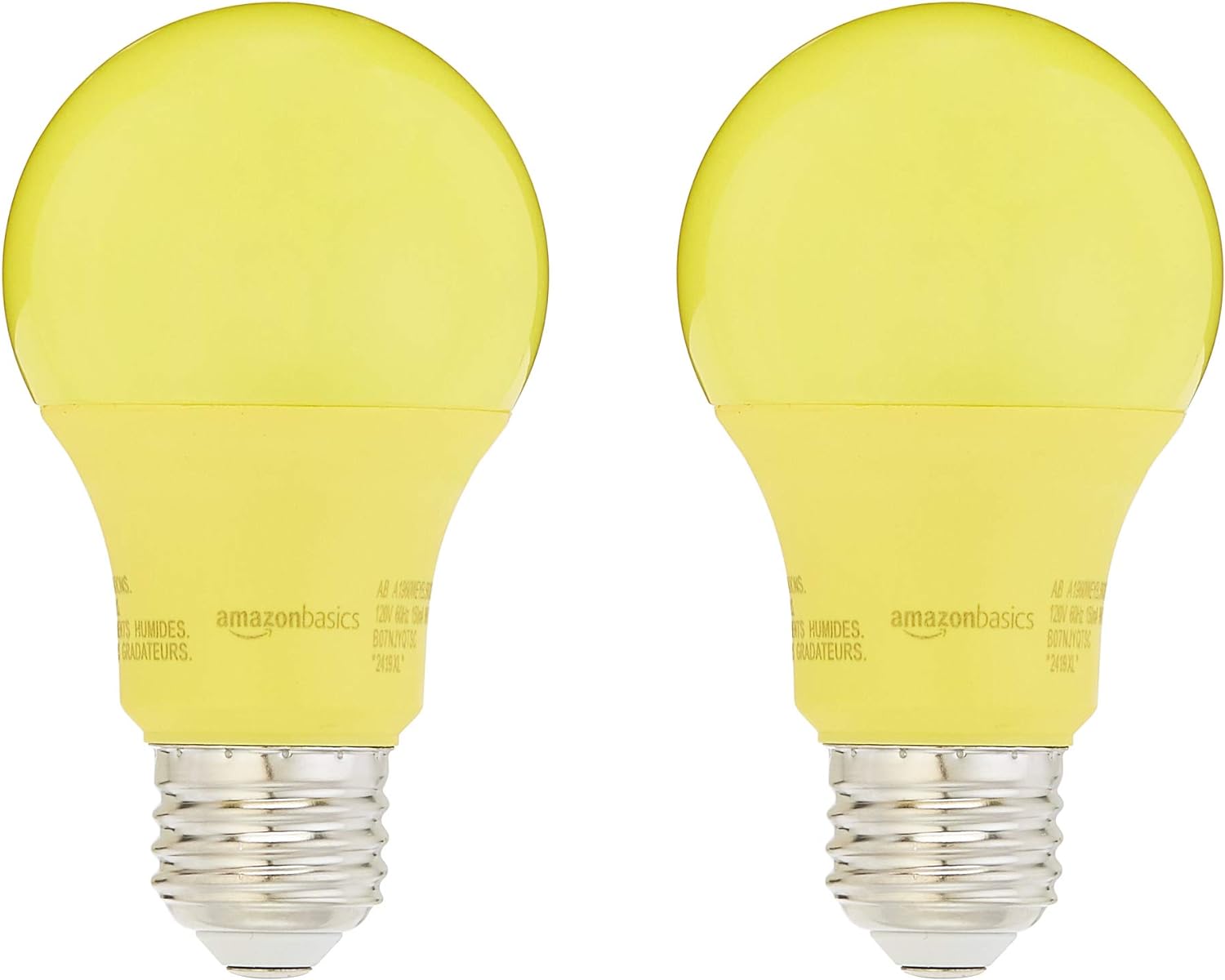

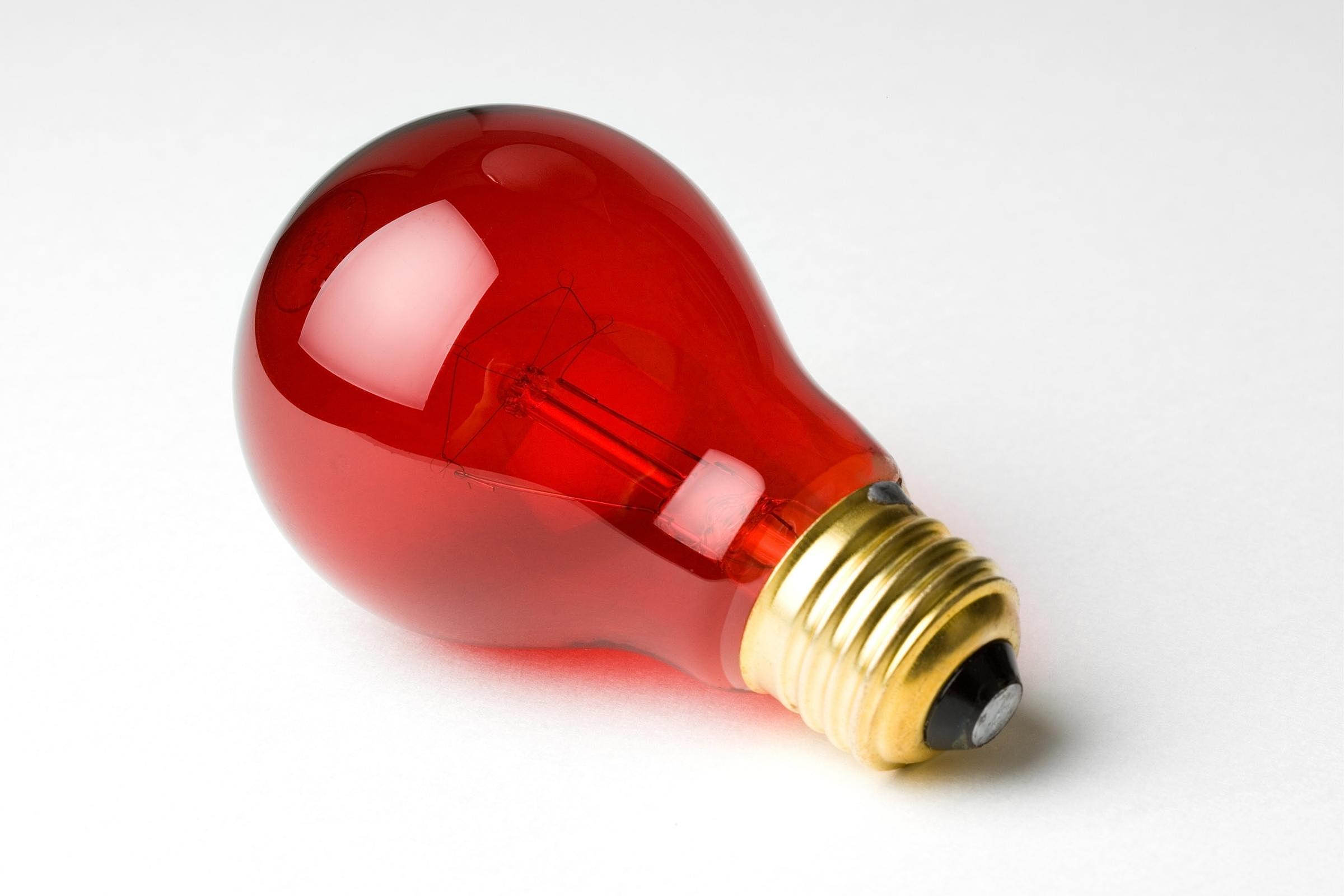
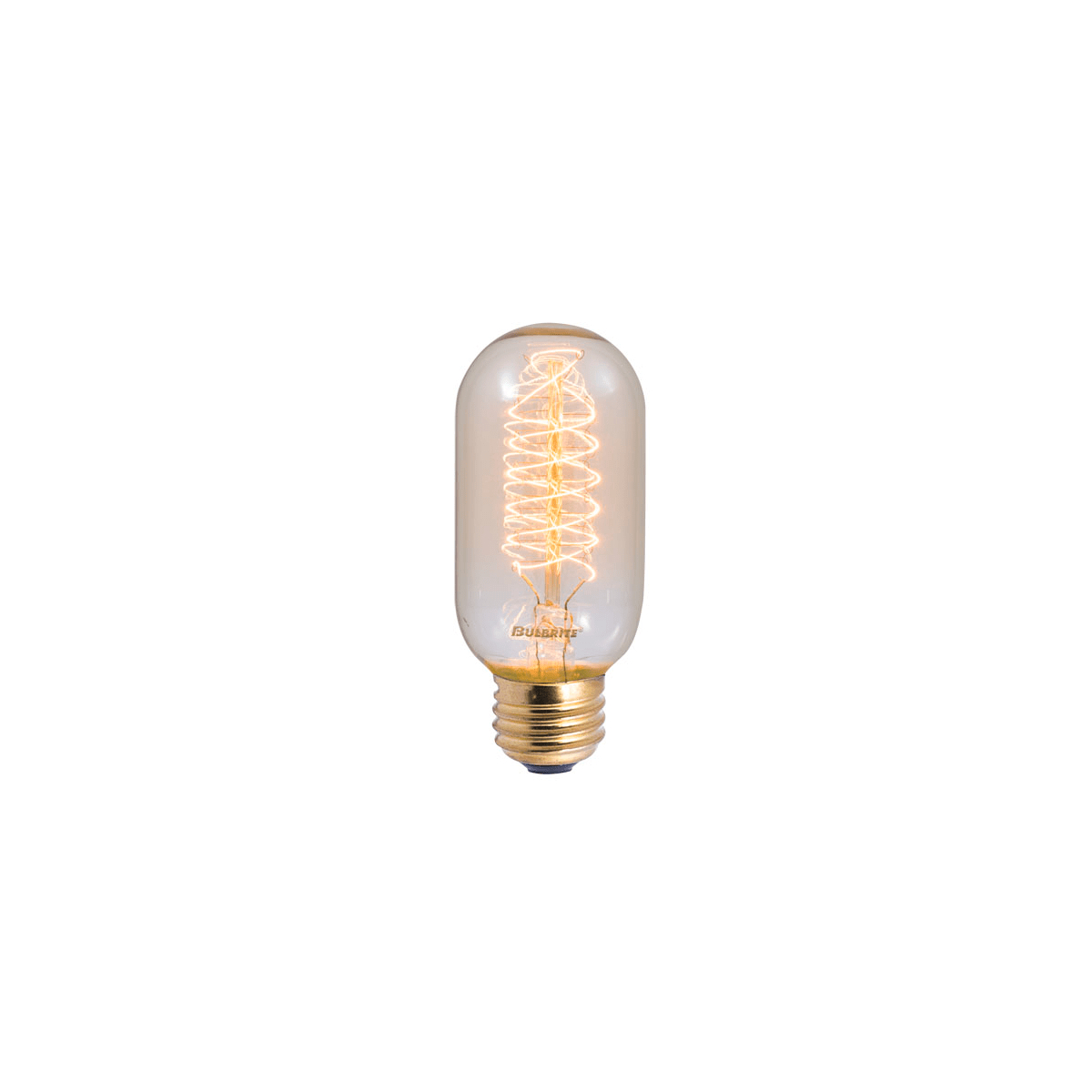
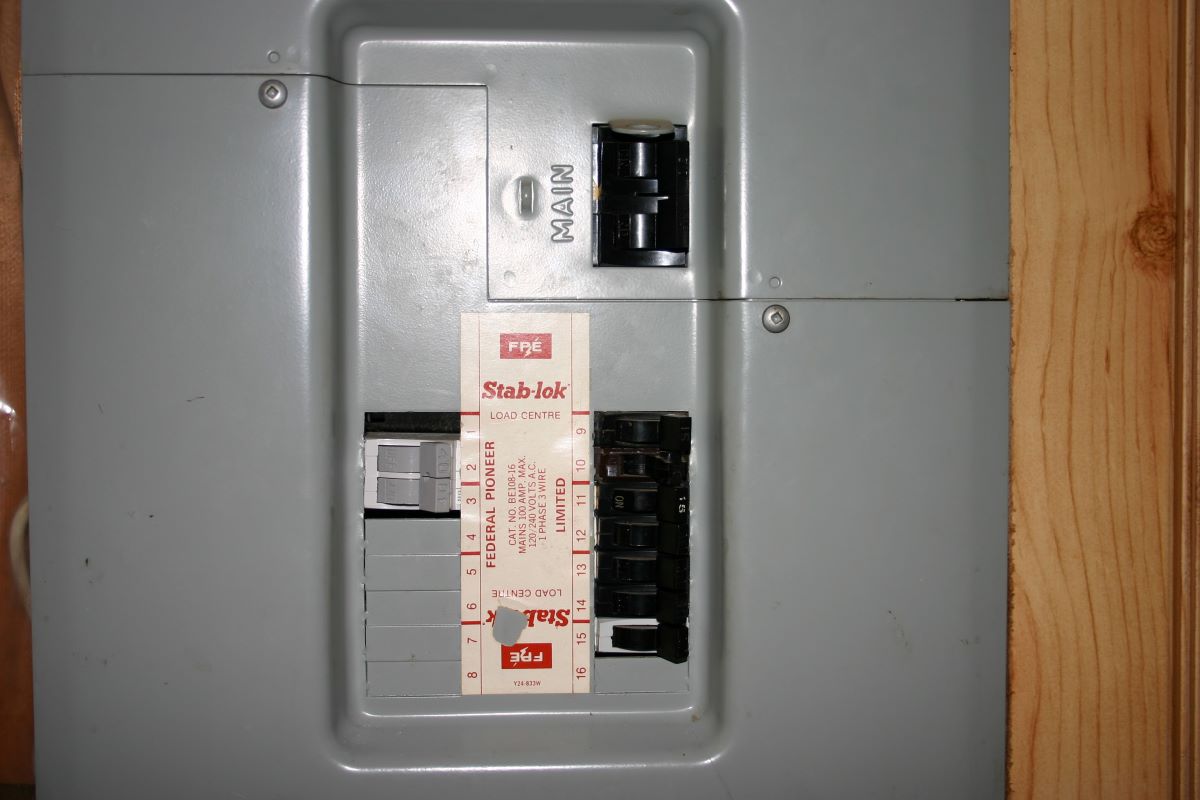
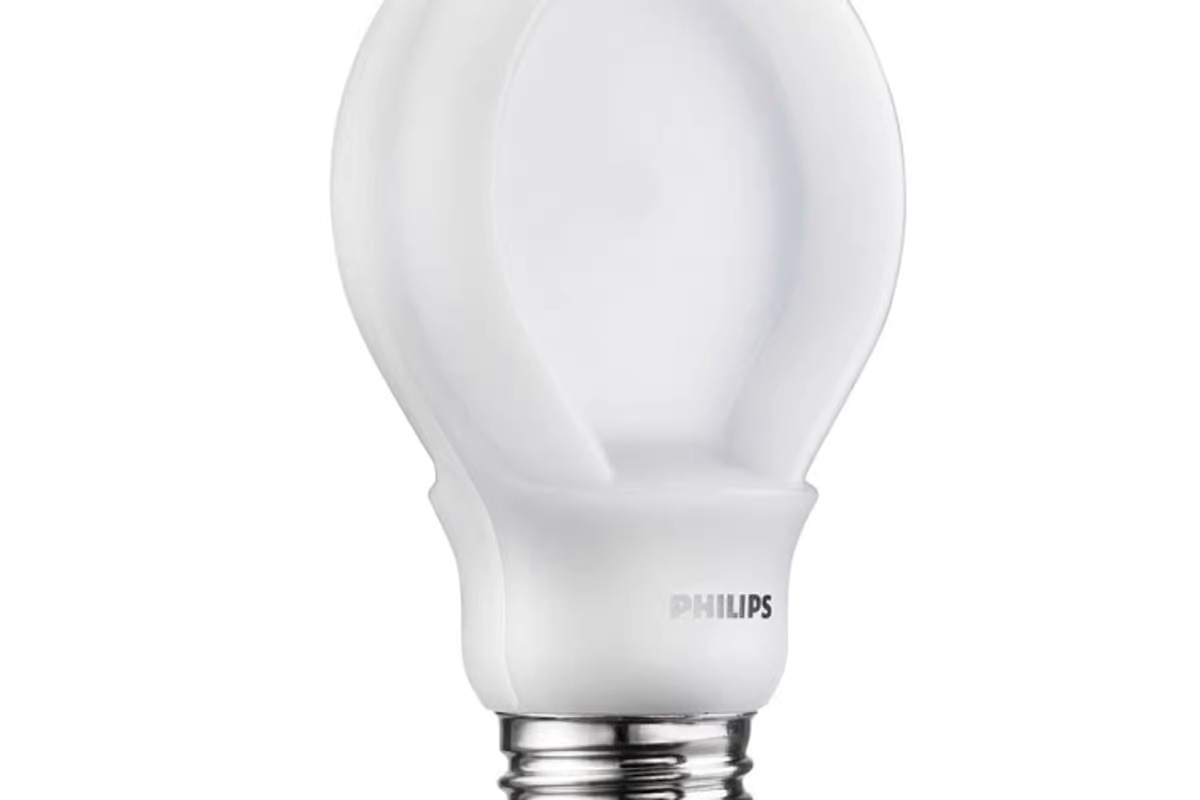
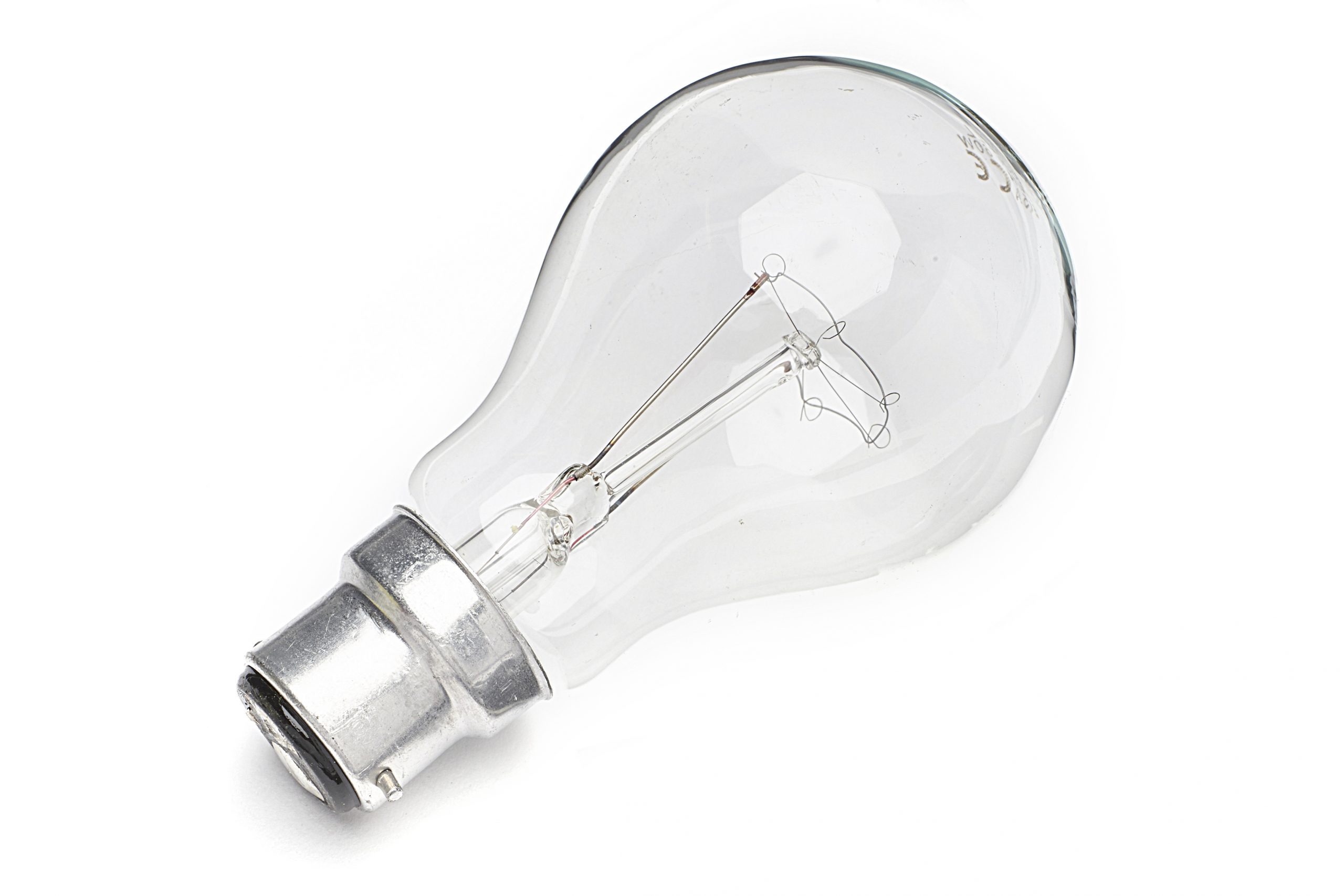
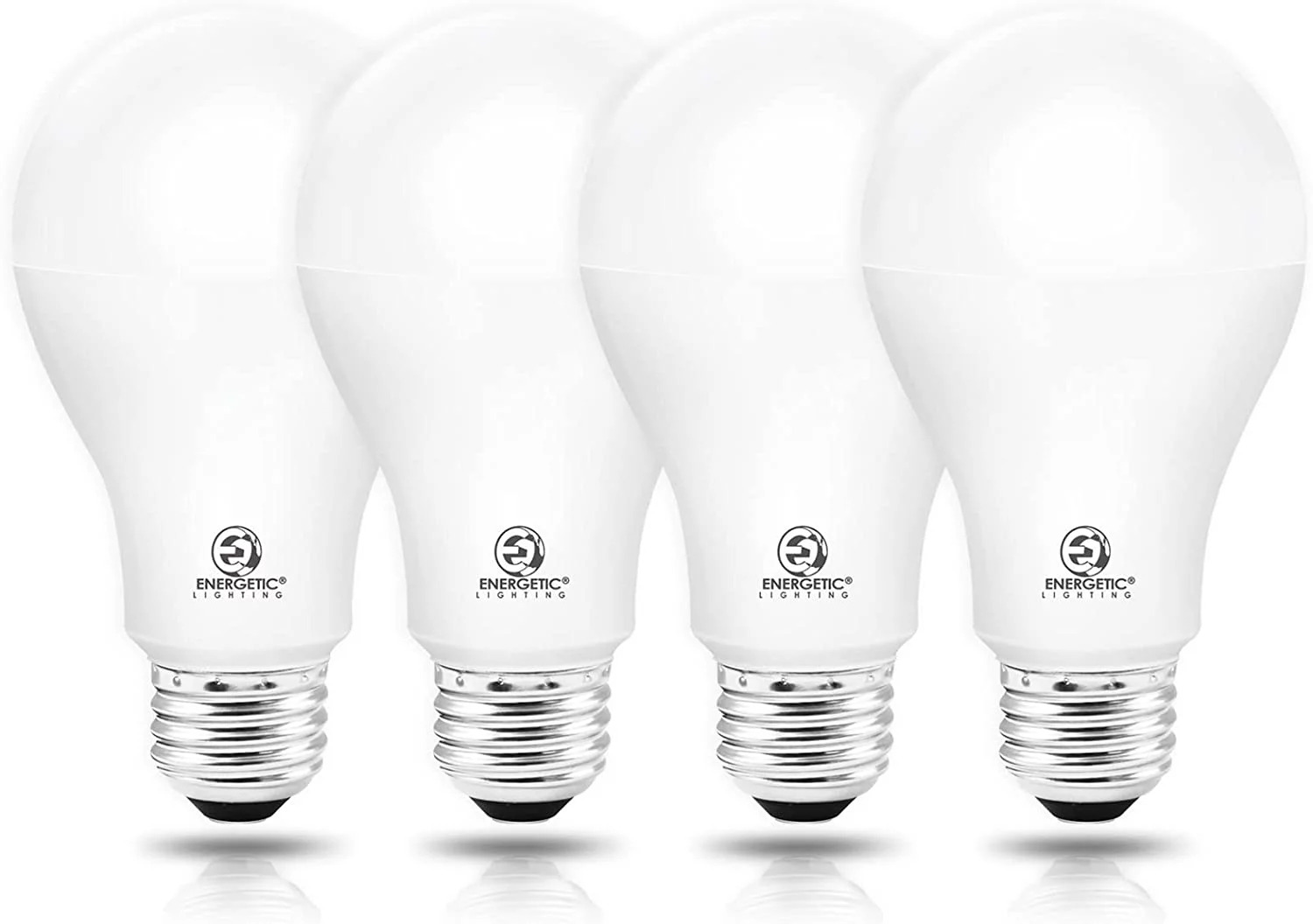
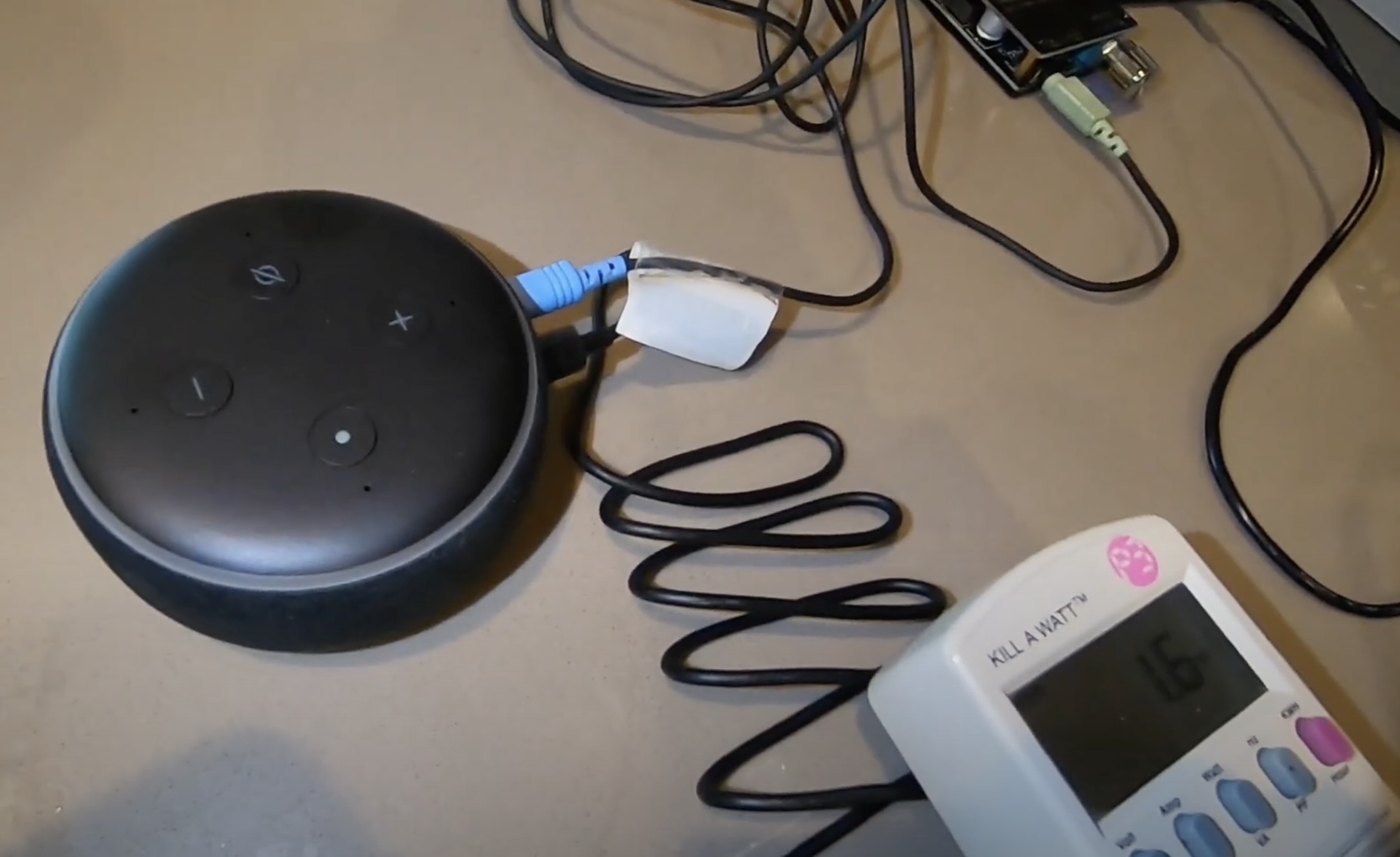



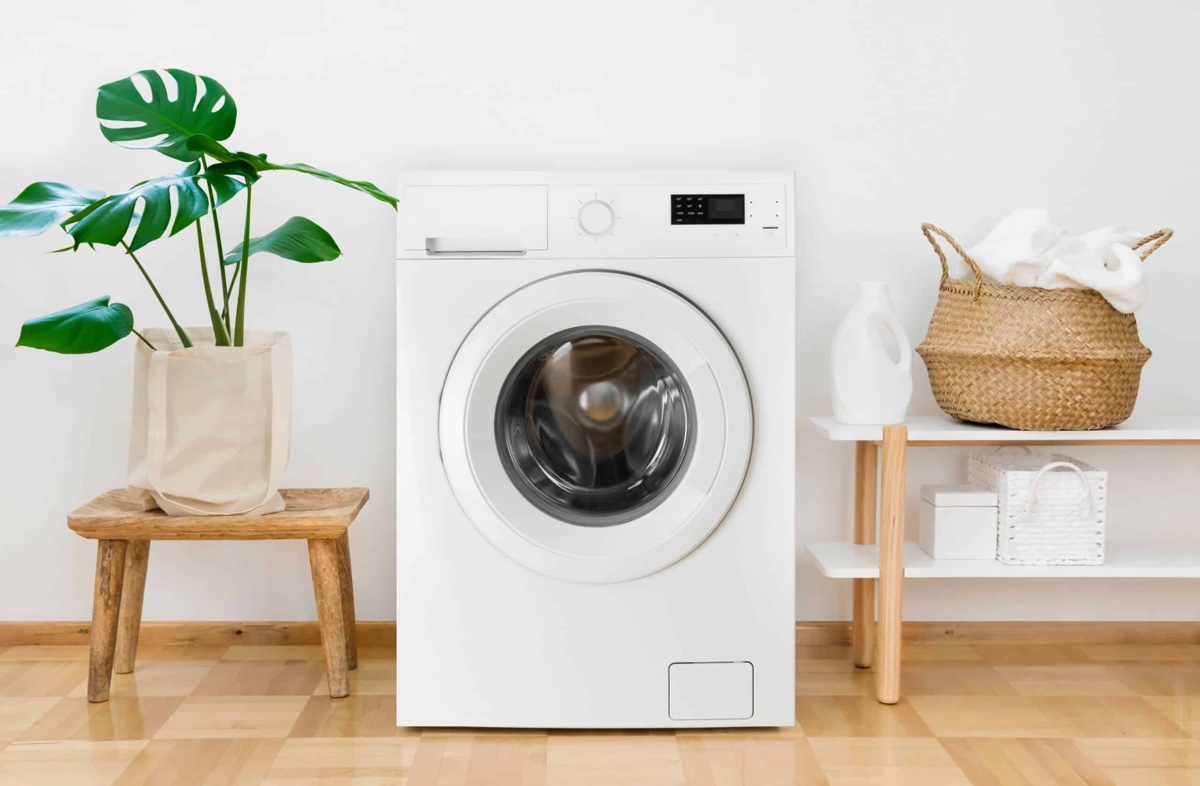
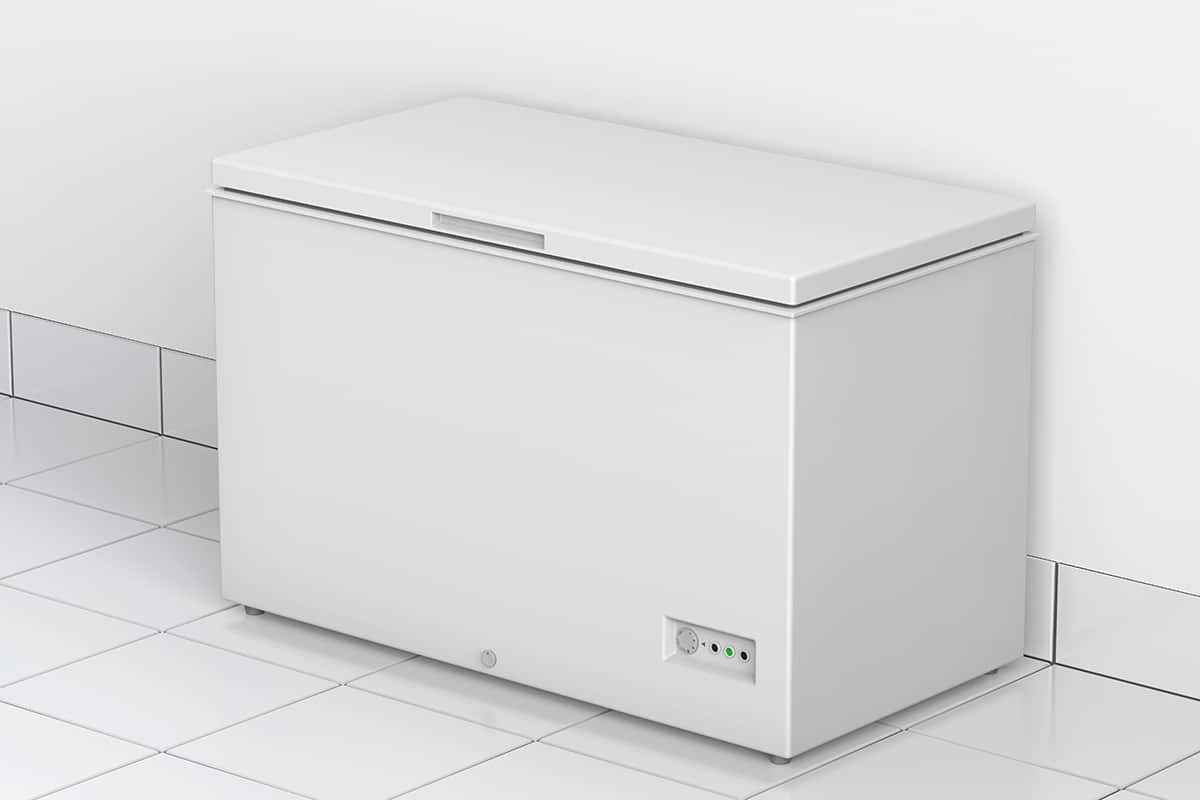

0 thoughts on “How Many Amps Does A 60 Watt Incandescent Bulb Use”